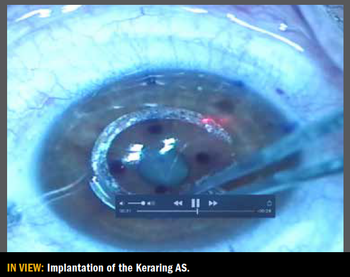
Articles





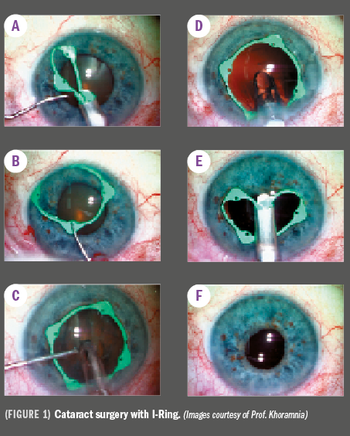



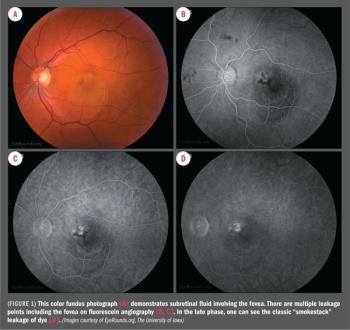
Ongoing study aims to clarify patient selection for endpoint management

Deep learning approach is driving growth of AI

System preloaded with two trabecular bypass stents for ab interno implantation

Ophthalmic Photographers’ Society continues to promote advancement in imaging excellence







Britain has long depended on doctors from India to run the NHS and Brexit will impact this.


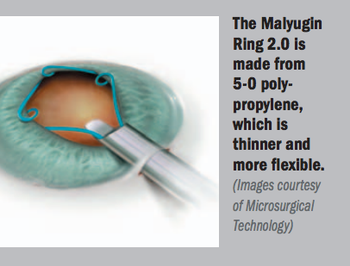

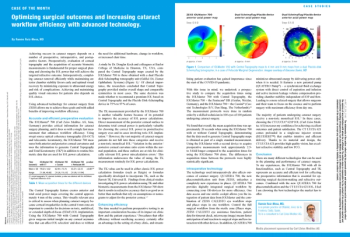
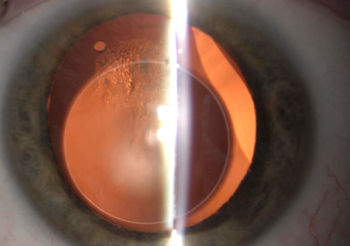

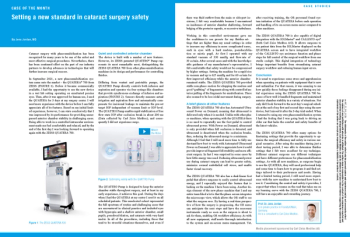


Advertisement
Advertisement
